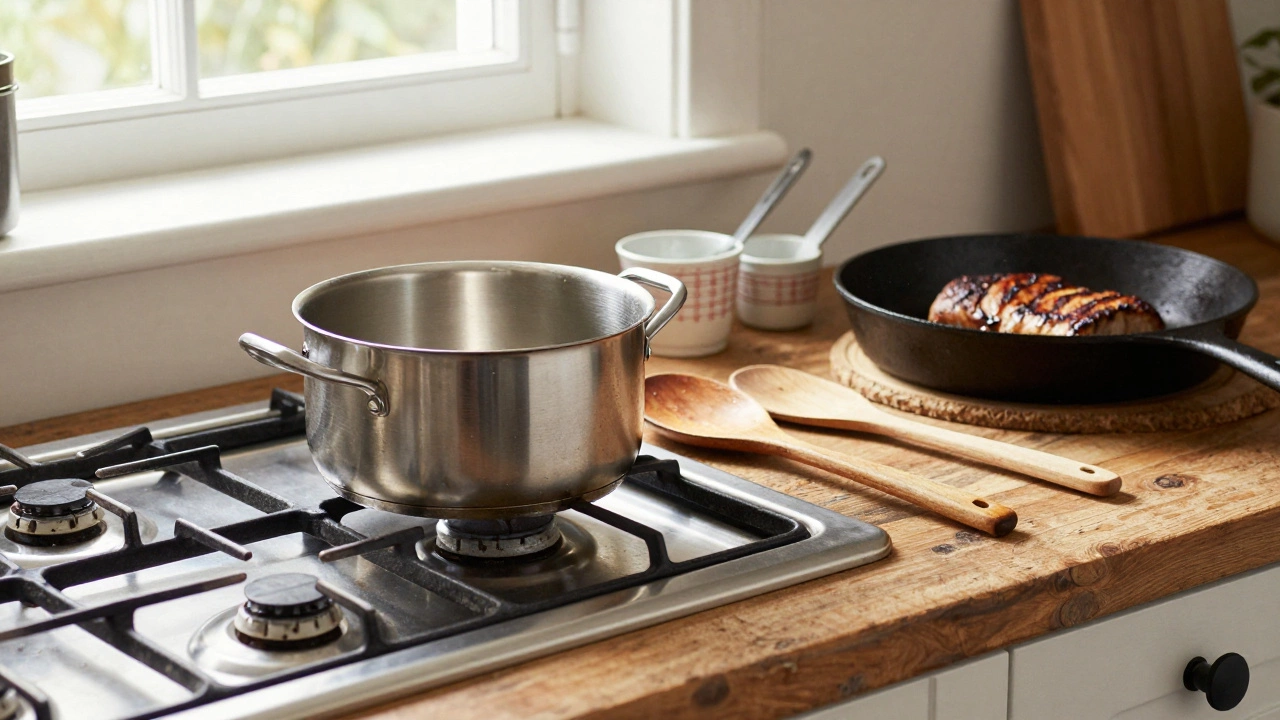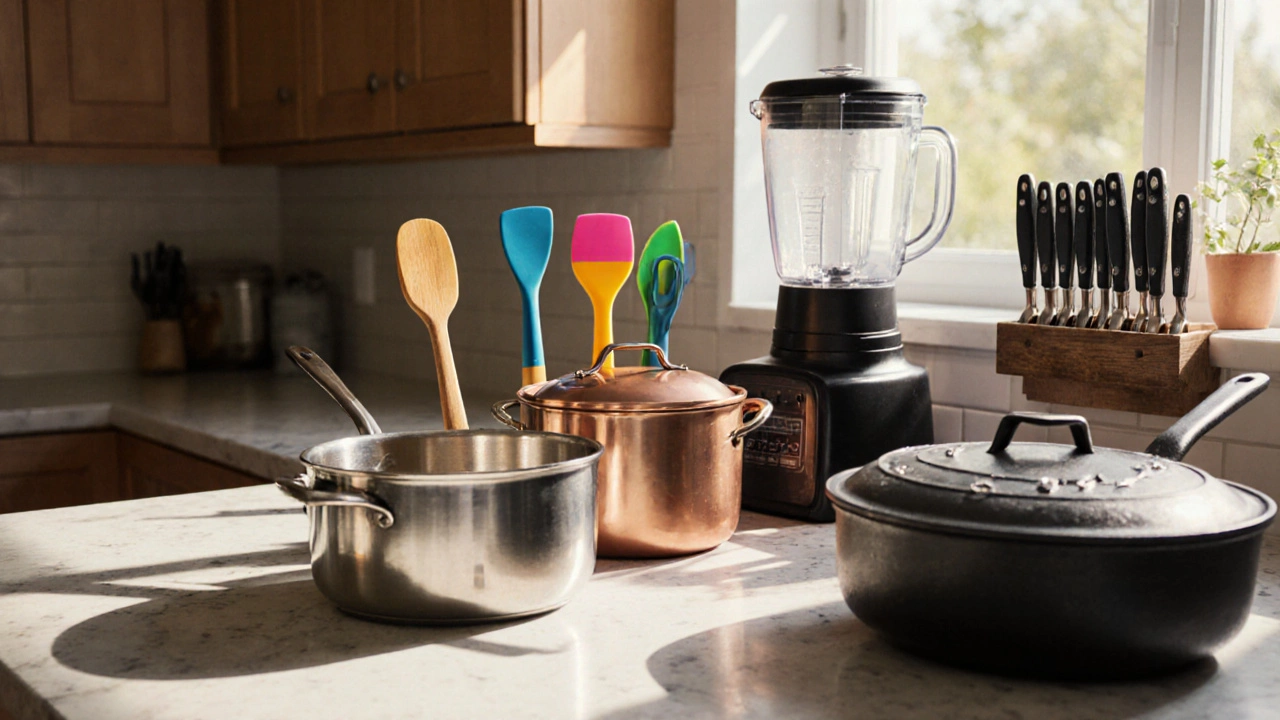Kitchen Utensils – Your Guide to Eco‑Friendly Kitchen Tools
When working with kitchen utensils, the everyday tools you use to prep, cook and serve food. Also known as cooking tools, they are the bridge between raw ingredients and a finished meal. While the term seems simple, the range covers everything from a wooden spoon to high‑tech silicone spatulas. Understanding what makes a utensil truly useful helps you choose pieces that last, feel right in your hand, and fit an eco‑conscious lifestyle.
One major factor shaping modern kitchen utensils is sustainable materials, renewable or recycled resources used to make cooking tools. Bamboo, reclaimed wood, and recycled plastic are now common alternatives to cheap, petroleum‑based plastics. These materials reduce waste, lower carbon footprints, and often improve durability. For instance, bamboo spoons resist warping and can be composted at the end of their life. Choosing utensils made from sustainable materials directly supports a greener kitchen and lessens landfill pressure.
Specialty Tools that Expand Your Cooking Horizons
Among the many specialty items, the Japanese ladle (shamoji), a shallow rice paddle traditionally used in Asian cuisine stands out. Made from wood, bamboo, or silicone, the shamoji is designed for gentle mixing without crushing grains, making it perfect for sushi rice and delicate sauces. Its shape also reduces sticking, a natural advantage when paired with non‑stick cookware. Speaking of which, modern kitchen utensils often need to be compatible with non‑stick pans to avoid scratching the coating. Choosing silicone or wood tools ensures longevity of your cookware while keeping food release easy.
Eco‑friendly kitchen utensils also intersect with storage solutions. Open shelving, a trend highlighted in several of our posts, encourages the use of visible, attractive tools that double as decor. When you pick utensils that look good, you’re more likely to keep them organized and out of drawers, reducing clutter. This synergy between design and function means a well‑chosen utensil set can improve both the look of your kitchen and its efficiency.
Another connection worth noting is the role of kitchen utensils in home value. Upgrading to high‑quality, sustainable tools can signal attention to detail for potential buyers, especially when paired with smart storage upgrades like floating shelves. While a single utensil won’t raise a property price, a cohesive, eco‑conscious kitchen presentation does influence buyer perception, as seen in our “Do Shelves Boost Home Value?” guide.
Overall, the world of kitchen utensils is broader than you might think. From the materials they’re made from to the way they fit into broader home design trends, each tool has a story that affects your cooking experience, your environmental impact, and even your home’s aesthetic appeal. Below, you’ll find a curated list of articles covering everything from choosing the right Japanese ladle to understanding how sustainable materials reshape the market. Dive in for practical advice, product comparisons, and tips that help you build a kitchen that’s both functional and kind to the planet.
-

What Is Kitchenware? A Simple Guide to Everyday Cooking Tools
Kitchenware includes all the tools you use to cook and prepare food - pots, pans, knives, utensils, and small appliances. Learn what counts as kitchenware, what doesn't, and how to build a practical set without overspending.
-

What Does Kitchenware Mean? Definition, Types & Buying Tips
Learn what kitchenware really means, its main categories, materials, history, buying guide and care tips in a clear, practical guide.
